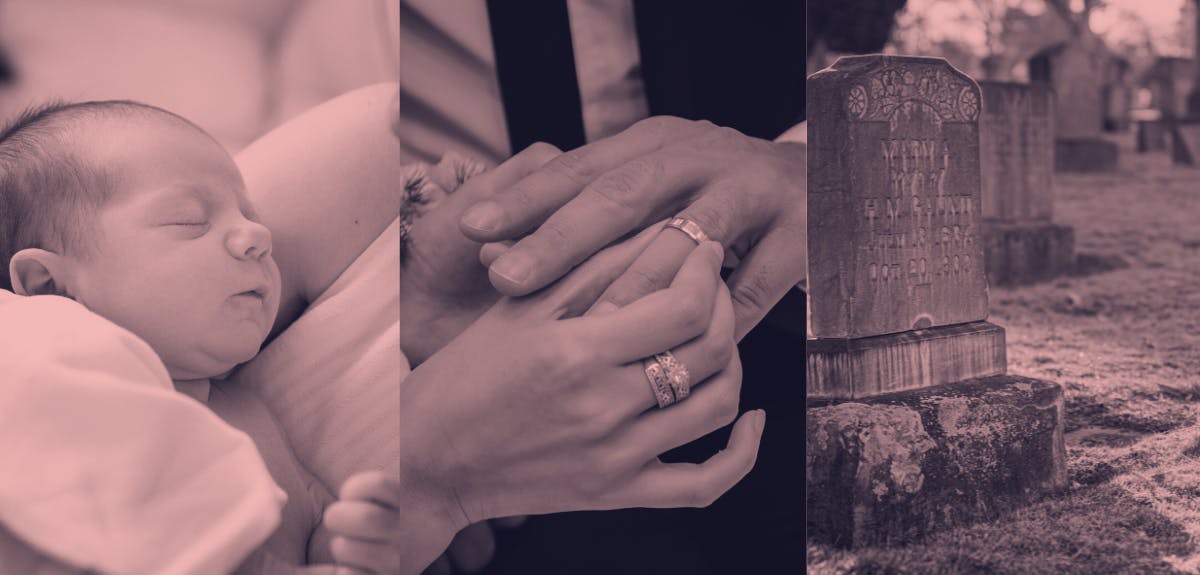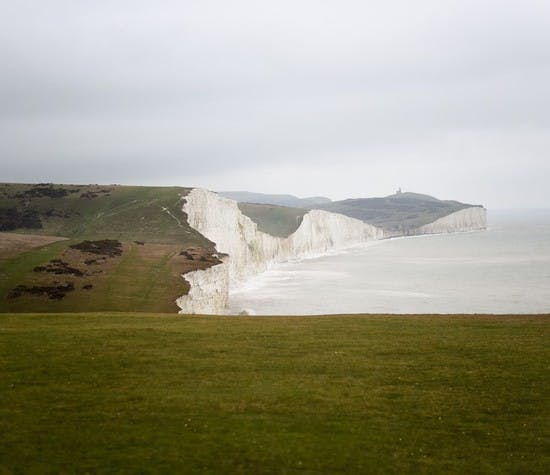Birth, Marriage and Death Records: A beginner's guide
1-2 minute read
By Daisy Goddard | December 22, 2022

Birth, Marriage and Death Records (BMDs) are the first kind of records you'll discover when starting your family history research. The BMDs provide an incredible resource for tracing important events in your family's history and are often the key to growing your family tree.
But what are they, exactly? And how can they help you?
Though there are some early examples of register books, particularly within local churches, BMDs weren't usually formally recorded until the early 20th Century, when every state started to develop its own laws and registration systems.
These were eventually called vital records, and were usually documented by a civil authority or local municipality. As well as BMDs, vital records also include divorce decrees, naturalization records, adoption records and land records from every state, territory and county.
The most likely starting point for new users will be these vital records, which are fully name-indexed to make them incredibly easy to search.
The smart search features allow you to include name variants in your search, in case a record was transcribed wrong (easily done when you see some of the handwriting!) or your relative recorded themselves under a shortened name (ie Maggie instead of Margaret).
The amount of information listed in BMDs will vary depending on the record, but usually they will consist of a combination of the following personal information:
What you'll find
The amount of information listed in BMDs will vary depending on the record, but usually they will consist of a combination of the following personal information:
Birth records
- Name
- Birth year/date
- Mother's surname
- District
- County
- Country
GRO births contain the mother's maiden name for any births registered in the 3rd quarter of 1911 onwards.
Marriage Records
- Name
- Name of spouse
- Year and quarter of marriage
- district
With the GRO marriages, we offer 'marriage match' to show potential spouses. We show the exact spouse for marriages registered in the 1st quarter of 1912 onwards. At the same time, the married and maiden name of the woman was also recorded, if they had been married before.
Death Records
- Name
- Gender
- Birth date
- Death date
- District
- County
- Country
With the GRO death indexes, the date of birth was added from the 2nd quarter of 1969 onwards.
The birth and marriage records will most likely be the most useful for adding new names to your family tree, while the death records can provide an insight into the life of an individual and their family.
BMDs are the perfect starting point for any newcomer to family history, as they provide you with the basic details needed to continue expanding your family tree.
Things such as the names of parents and spouses, occupations, or even finding the area where they lived, can prove invaluable to unlocking the mysteries of your family's past.
To delve even further into your family's history, find your criminal ancestors in the pages of Findmypast's historic newspapers.




